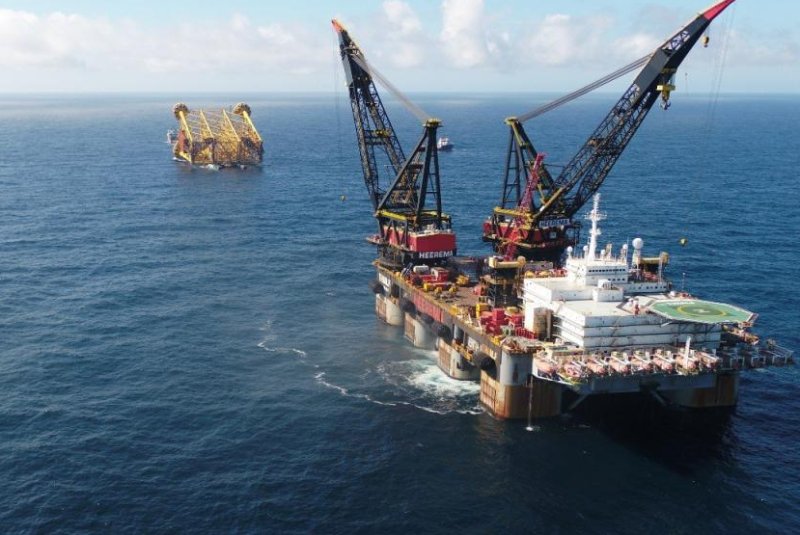A Norwegian safety regulator finds few major issues with development at Johan Sverdrup, one of the country's largest oil fields. Photo courtesy of Statoil
Nov. 6 (UPI) -- Only relatively minor issues were found in an assessment of operations planned for the Johan Sverdrup oil field, one of Norway's largest, a regulator said.
The Petroleum Safety Authority of Norway published results from an October audit of Statoil's plans for an export pipeline from the Johan Sverdrup field. The PSA said no regulatory issues were uncovered.
"We observed three areas with potential for improvement," it said in a statement. "These are document handling, fabrication and technical issues relating to the delivery and long-term testing of polymers."
Johan Sverdrup is one of Norway's five largest offshore oil fields, and contains an estimated 3 billion barrels of oil. Phase 1 of the field's development is currently underway, with the first deliveries expected to begin in late 2019.
At peak capacity, the field should account for up to 25 percent of total Norwegian petroleum production. Contracts worth more than $5.7 billion have been awarded for the project so far and most of those have gone to companies in Norway.
Norway is an important oil and natural gas exporter to the European economy, sending nearly all of its offshore production to the regional market.
Statoil, which is partially owned by the government, reported adjusted earnings after tax for the third quarter at $2.3 billion, more than double the amount from the same period last year.
President and CEO Eldar Sætre said that, even as the price of oil during the quarter stayed near $50 per barrel, his company was still generating positive cash flow.
Norge Bank, the country's central bank, said in late October the economy was struggling to pick up the pace, with inflation expected to stay below 2.5 percent over the next few years. Though the labor market is gaining strength, the value of the currency, the krone, is weaker than expected and the bank said it was keeping its key policy rate at 0.5 percent.















